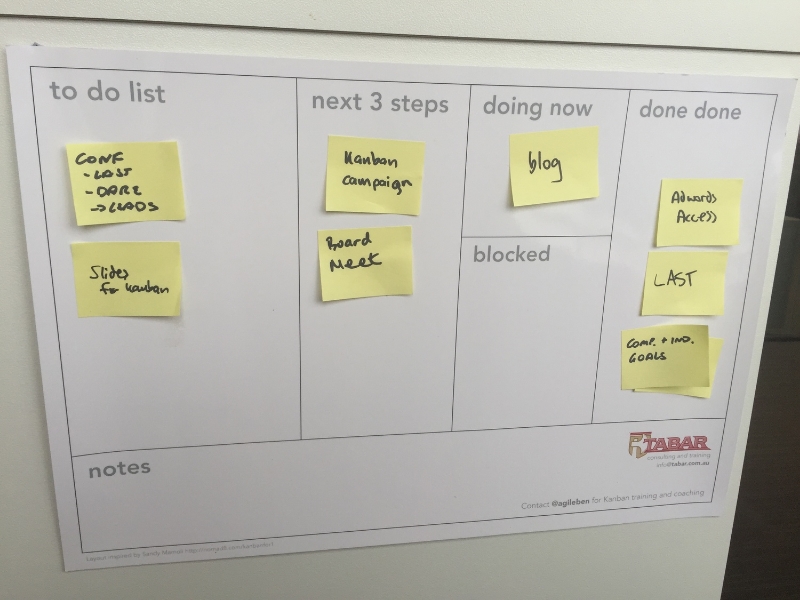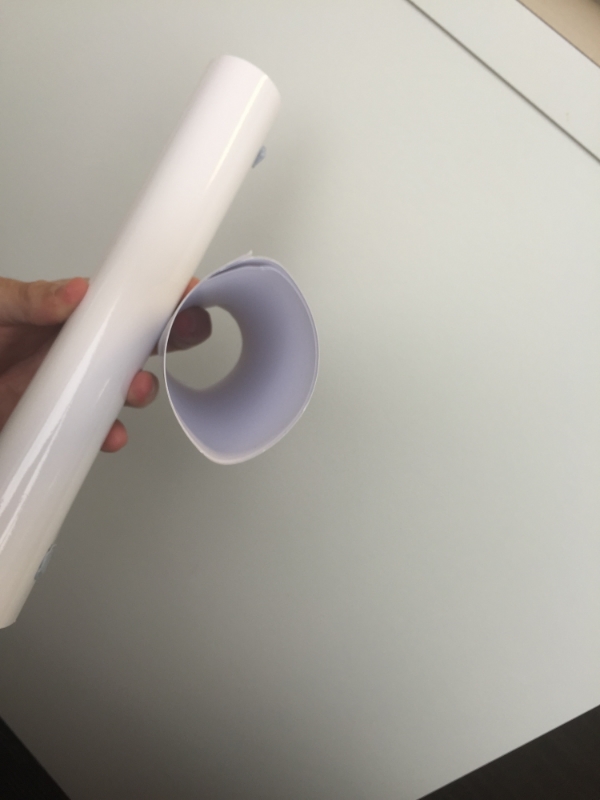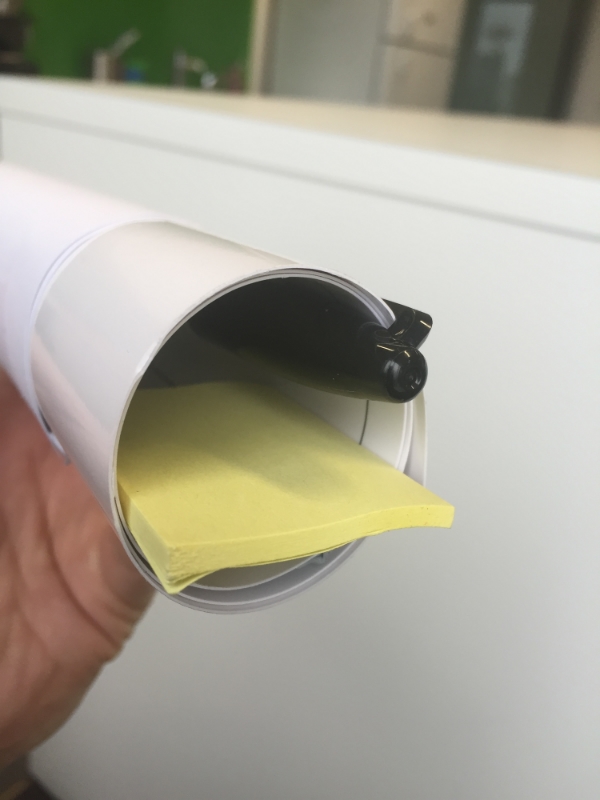by Ringo Thomas
Ringo Thomas
"Practice what you preach", "eat your own dog food", "be the change you wish to see". We’re all good at giving advice, but how often do we really follow our own lead by doing things at the standard we set while coaching others?
Over the past 4 months we’ve taken our “Agile and Lean Change Management Masterclass” to market here in Melbourne and Sydney.
This is Part 1 of a 3 Part series to share how we used the Lean Change Cycle to take the Agile and Lean Change training course to market. Across the series I’ll be setting the scene of why we decided to launch it, how we gathered insights, selected options and ran experiments to refine the offering based upon what people told us that they wanted.
The Lean Change Cycle
For those of you unfamiliar with Lean Change, it’s a simple 3 step cycle.
Lean Change Cycle
You use lightweight tools to gather insights from your business, team or customers.
You use these insights to select and prioritise options you choose to address these problems.
You create experiments that help you test your hypotheses.
You gather further insights from these experiments that helps you decide what to do next.
I’ve bolded the words insights, options and experiments to demonstrate the cyclic and continuous nature of the Lean Change Cycle, much like Agile.
Everything began with a set of insights we’d gathered that helped us see the gap in the market.
These were:
The world of work is changing rapidly, organisations need to be able to respond to change both internal and external at a rate not seen before.
Project Management and Software Delivery has evolved through Agile, now following an iterative, feedback driven approach to delivery as a whole.
Change Management is beginning to adapt and we believe there is a better way.
We considered our options based on this, and our coaches Peter Lam and Jude Horrill decided to join forces. Peter’s role as a Head of projects sees him applying Agile practices to his PMO’s, Projects and Teams. Jude’s experience has delivered change in Global Operations and Enterprise Transformations for Multi National Corporation’s.
Jude and Peter felt that Jason Little’s Lean Change Management framework is a useful way of addressing these issues. They believed that together their combination of experience and expertise could coach people in a way that addressed the challenges people were facing.
What did we do?
Our first hypothesis was simple -“we believe that if we run a one day training course on Agile and Lean Change Management, people will come”. We challenged the current market offering of a 2 day course with a one day course we felt addressed everything, and we launched it. This was our first experiment. Success was people attending from the kick-off.
People did. Right off the bat our hypothesis was proved true by a very active market demand and people purchasing. By conducting our first experiment we’d gathered information for a fresh set of insights and we were now considering our next options.
So what was next? Where could we improve? We’d had a theory and tested it in the market and now knew this was something to pursue.
We decided two things:
“We believe there is a market for more regular Agile and Lean Change Management training.”
“We believe that by identifying and speaking with our customers to understand their problem statements, we’re able to create a course that better suits their needs, messaging that speaks to their requirements and build a community that we engage with.”
We launched three further training courses - two in Melbourne and one in Sydney to continue our experiment on market demand. Success looked like paying participants and customer feedback that indicated we were addressing their needs. Concurrently, I segmented the customers (more to come on this in part 2) and began speaking with them to gather the insights required to truly understand their needs.
To summarise this first phase, it was about testing the market softly to validate our assumptions on a requirement. We did this in a way that set us up to speak with the people we were trying to help and begin to be seen as leading thinkers and coaches in the space.
In my next blog I’ll share the results and insights we gathered by speaking with customers to understand their problem statements and needs, also update you on how the following 3 courses went and our plans for 2017.
If you're interested to hear anymore about our journey email me on Ringo.Thomas@tabar.com.au
Find out more about the Agile and Lean Change Masterclass, including scheduled courses in Melbourne and Sydney.


















